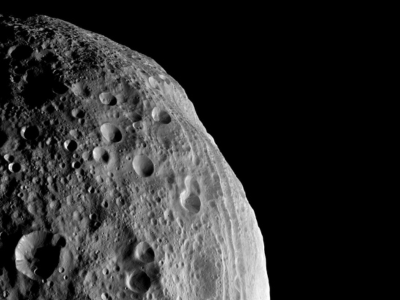By the end of this resource you will:
- Know how we watch for asteroids
- Have used astronomical software to open a data image
- Used software to blink through images and look for changes
- Have analysed data to find asteroids
To complete this resource you will need:

Have a go
Before starting this activity, you may want to familiarise yourself with what asteroids actually are by watching this video:
What are asteroids and comets?
And why we need to keep an eye on them in this video:
What are the risks of asteroids?
You can carry out this activity using either LTImage or AstroLab software – use this guide to choose which you will use, and if you are planning to use LTImage, follow the instructions to download it on your machine!
Step 1. Watch the above videos
Step 2. Choose which software you are going to use and download the appropriate instruction sheet from the file list above
Step 3. Follow the instruction sheet to open, scale, and blink your images
– if you’d like a video to help you do this, then we have one for AstroLab and LTImage, which you can follow along
Step 4. Follow the instruction sheets to help you spot your asteroid!
Congratulations – you’ve found an asteroid!
Extension activities:
Step 5. Follow the instructions in the worksheet above (for LTImage or AstroLab) to work out how far your asteroid has travelled
Step 6. Follow the instructions in the worksheet to calculate how fast the asteroid is travelling
Well done!
Now you’ve found this asteroid, why not have a go with some more difficult data too?
